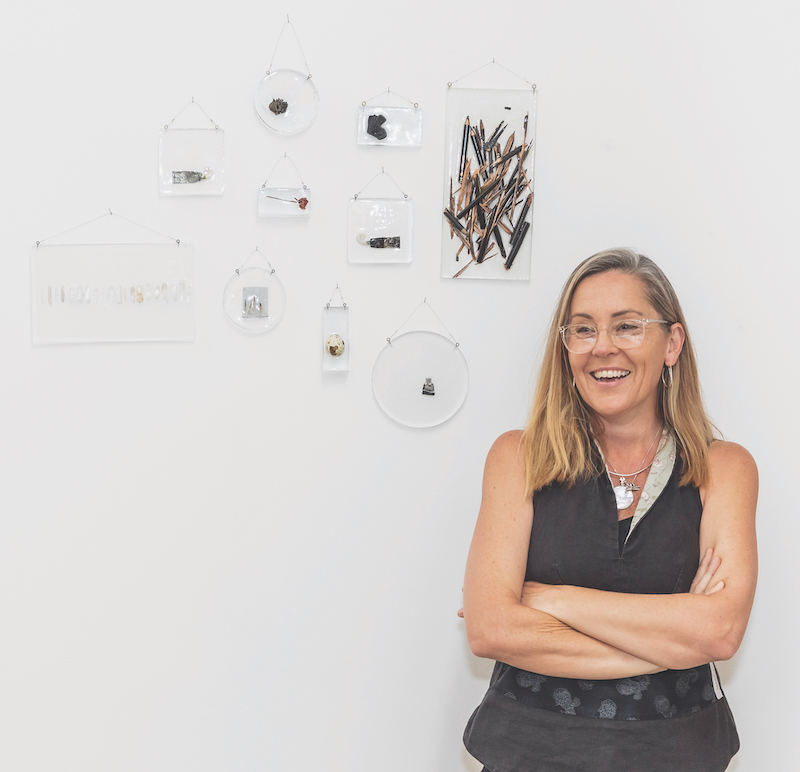Describe what you do in a single sentence.
I make drawings, sculptures and assemblage; I love hardware stores and boxes of junk in the back of antique shops – objects find me and I become their custodian.
When and how did you first fall in love with art?
As a child I collected and played with objects, making stories around and about their previous lives. The Art Gallery of New South Wales and Australian Museum were sources of fascination, their collections invading my imagination. I would dream of the cabinets full of taxidermy and crystals. As an artist, everything crystalised on a trip to Europe in the final year of my degree. I was travelling with my professor, Jutta Feddersen, we spent a week in Berlin watching Christo and Jeanne-Claude wrap the Reichstag. The scale of the artwork shifted my thinking, allowing me to embrace the enormity of art.
How long have you been practicing as an artist?
I have always been a maker and a collector. I studied fine art, with three drawing classes per week, and this practice of drawing remains a significant influence on my artistic process. I revelled in the formal structure and discipline of fine art. My Master of Fine Art research was at the Bauhaus University in Germany, where the art, the philosophy and the architecture adhered to me, forever. My art practice is structured around the combination of objects and materials that have been collected and curated.
What is your subject matter?
I consider myself to be an archivist; the objects I discover have their own consciousness, they want me to find them. I order and categorise, like a librarian. I collect things that measure, such as rulers and measuring tapes of all purposes and descriptions. I enjoy thinking about their ability to define and delimit their permanence and containment.
What have you been working on recently?
I have been casting in resin, making window mirrors. The process involves a visit to my archive of objects, some have travelled with me for many years while others are more recent finds, some trivial while others are deeply significant. I encase the objects in a shallow pool of resin, playing with the appearance of small mirrors or matchbox sized items. One of my Colour Fields works won the Happiness Award in the Little Things Art Prize at Saint Cloche Gallery, Paddington in 2021 and my submission to the National Emerging Art Prize was selected by Amber Creswell Bell for an exhibition in 2022 at Michael Reid Northern Beaches.
If you could own one artwork what would it be?
Louise Bourgeois’ Maman. I’d have it installed in my front garden so her long legs would stretch over the top of my house.

